Arizona has been enduring drought for quite some time. January storms this year provided some relief, though so many plants and animals were hurting from the lack of water that recovery may only be partial. Of course, waterbirds forsake the dry grasslands when the few ponds with standing water have dried up. Yet when the rains come, the plants and animals respond rather remarkably. Winter is not over yet, so we wait to see if more moisture is in the offing.
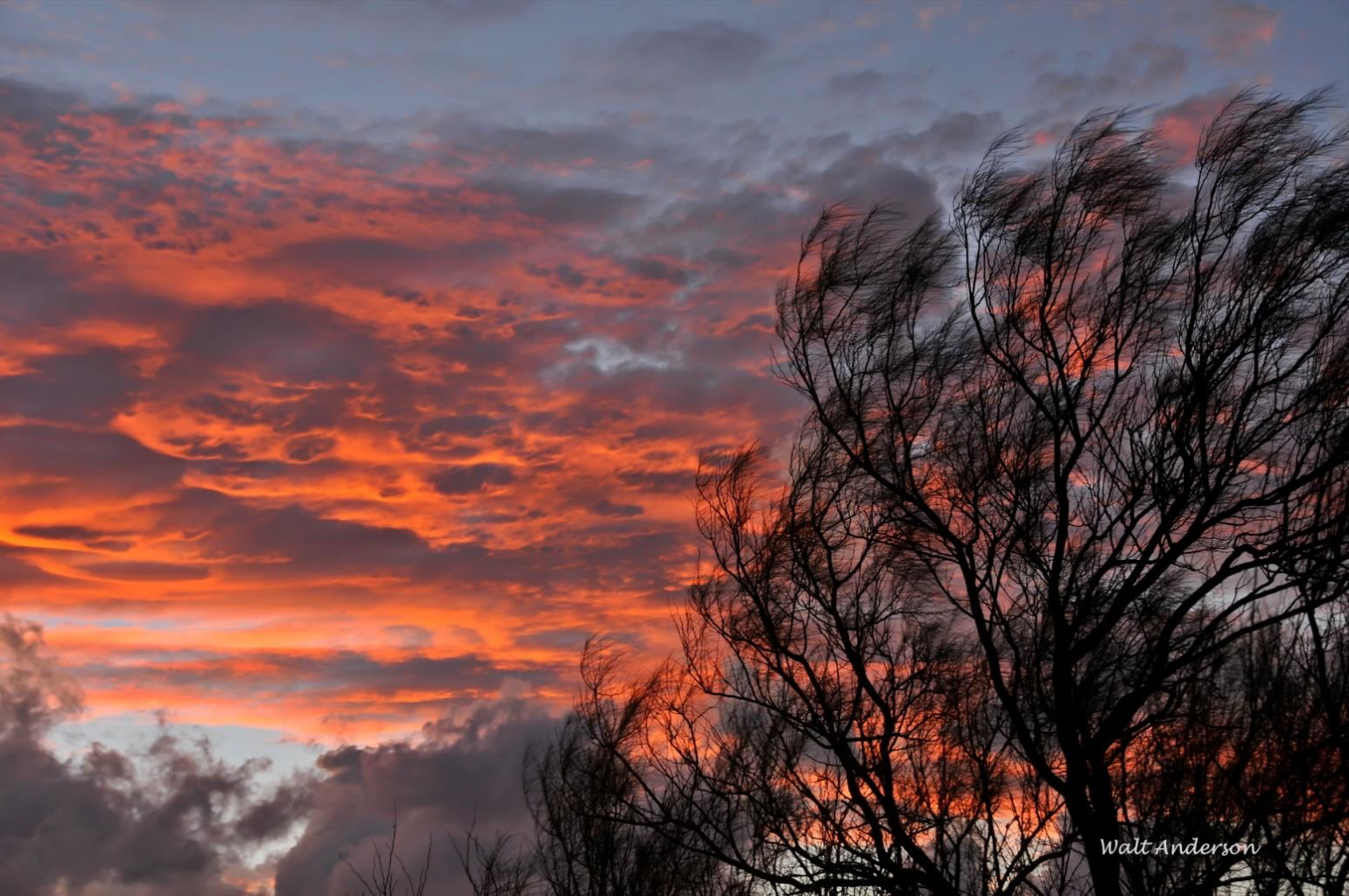
Too often the clouds have rolled through, creating memorable sunsets but sending moisture elsewhere. The wind, in fact, may draw out more water through evapotranspiration than a light drizzle might provide. In Arizona, it’s a dry rain, they say!

But when the rain gods are smiling, the clouds drop life-giving rain that runs over the grasslands and collects in artificial basins like Grebe Pond, which then become oases of exuberant life. When water is present, birds of many feathers arrive to take advantage of it. Just add water, and they will come. The absence of natural ponds in the Altar Valley delayed its settlement by ranchers until wells were finally dug and dams created to catch the occasional runoff.
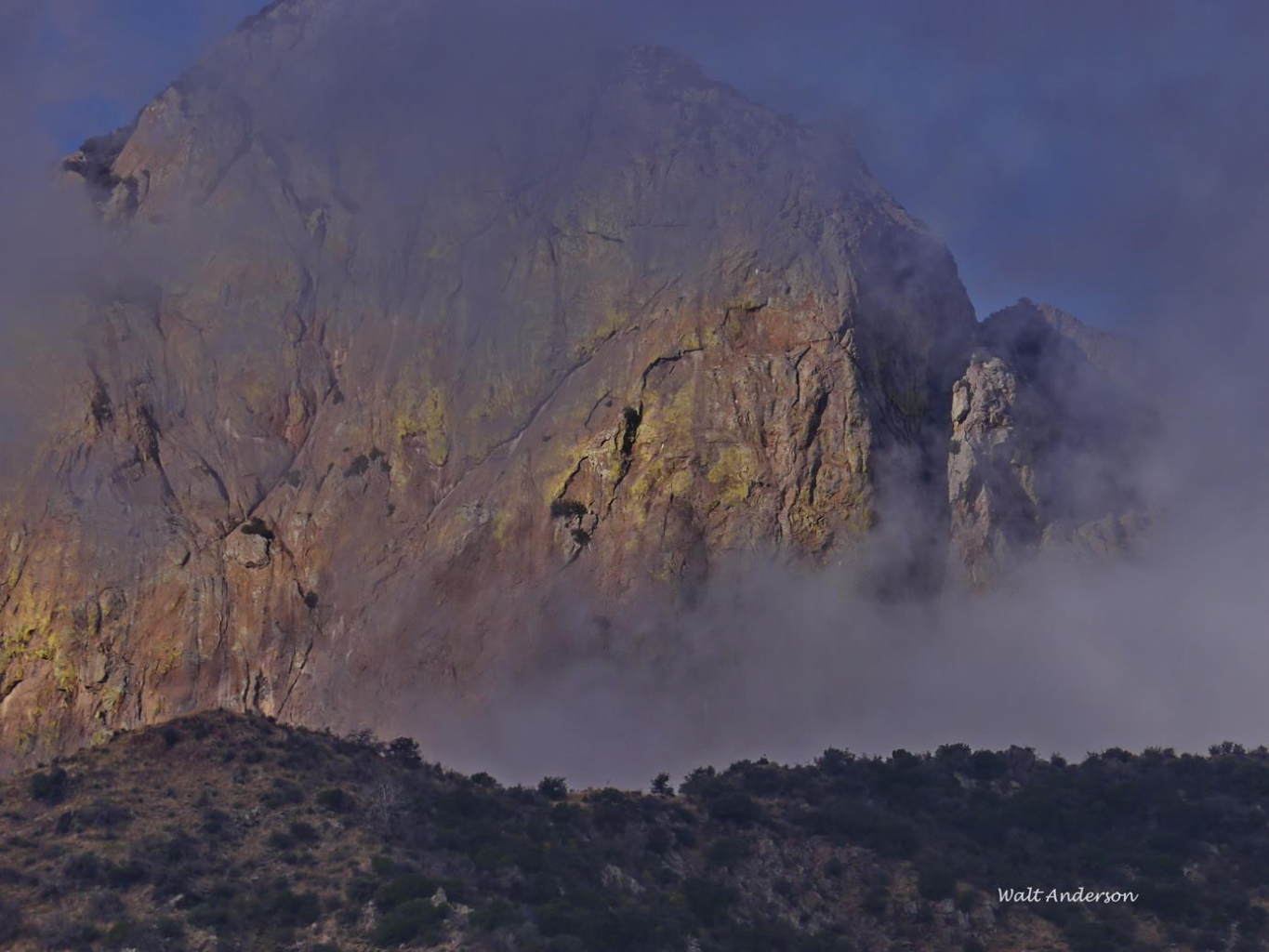
Baboquivari Peak towers above the grasslands and is a cloud-catcher. Some of the rain that falls in the mountain range nourishes the Madrean oak woodlands and other communities at these higher elevations, but when rain is heavy enough, it pours out of the canyons and soaks into the water table beneath the grasslands.
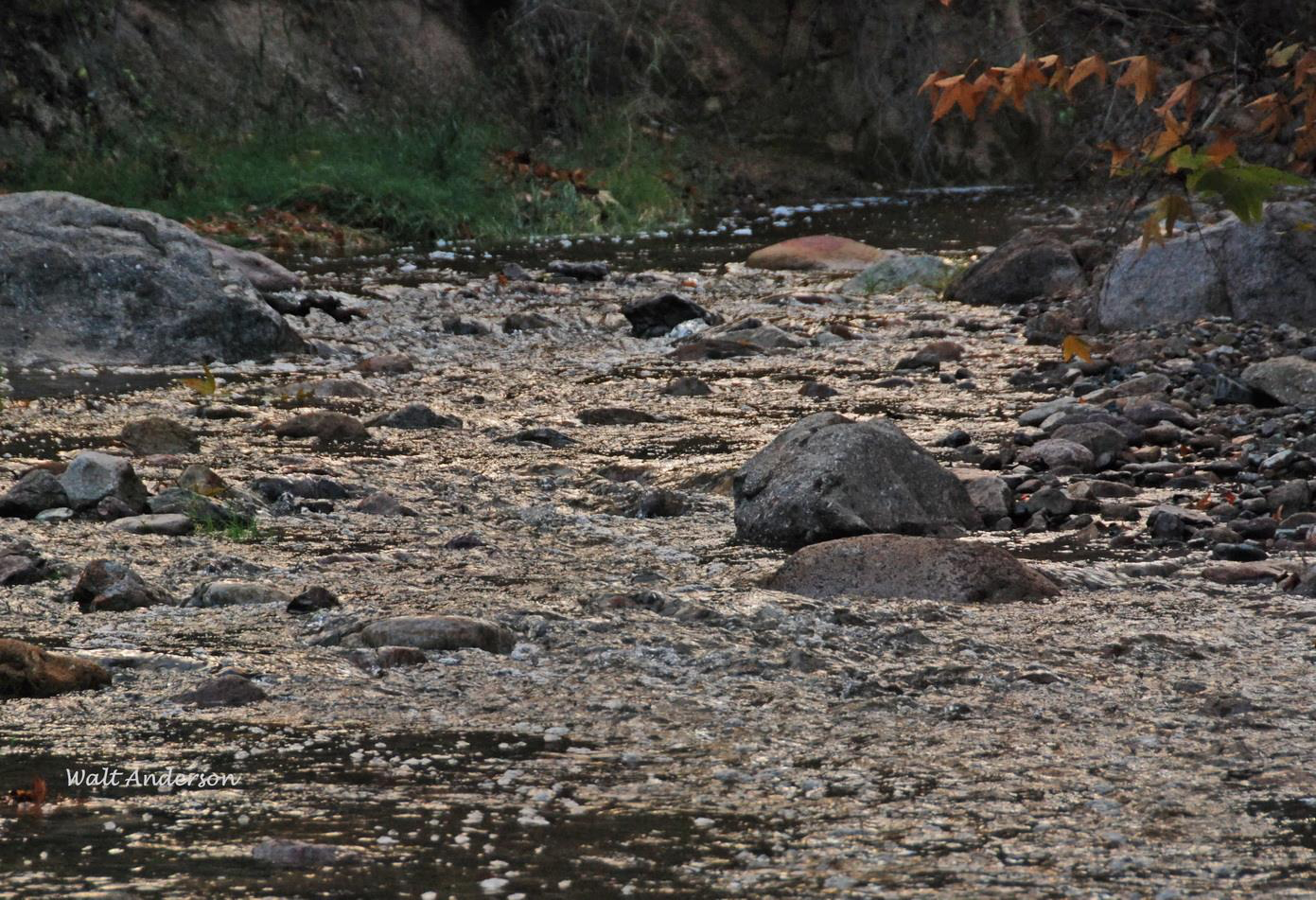
The creek in Brown Canyon, the mountain portion of BANWR, during a mid-November rain event. Roads in the valley were awash with flash floods at this time.
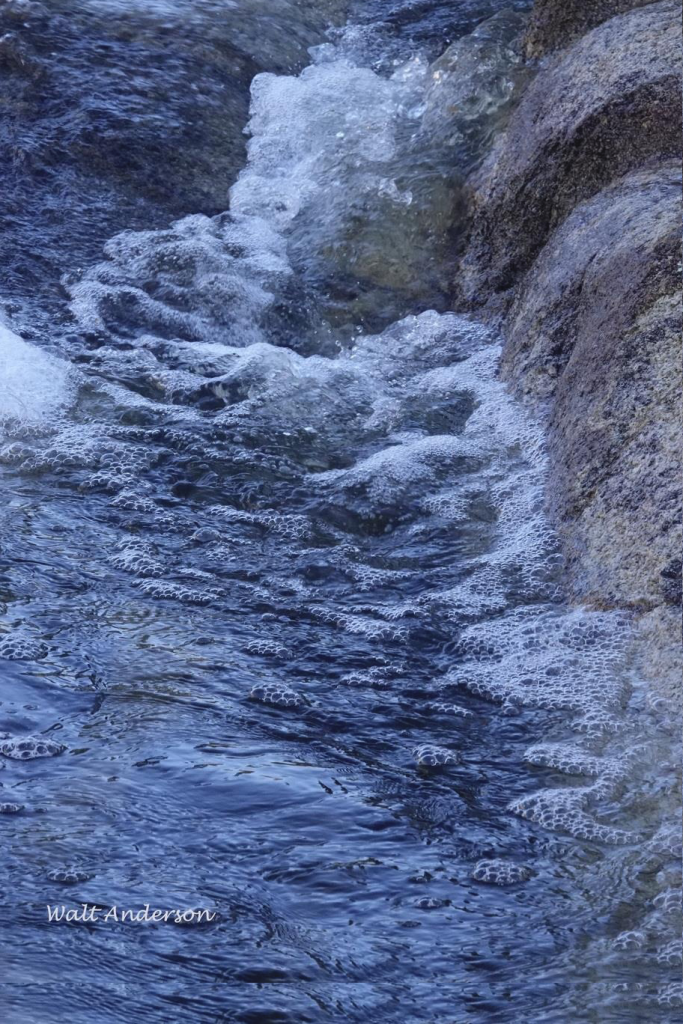
Fresh water obeying the pull of gravity.
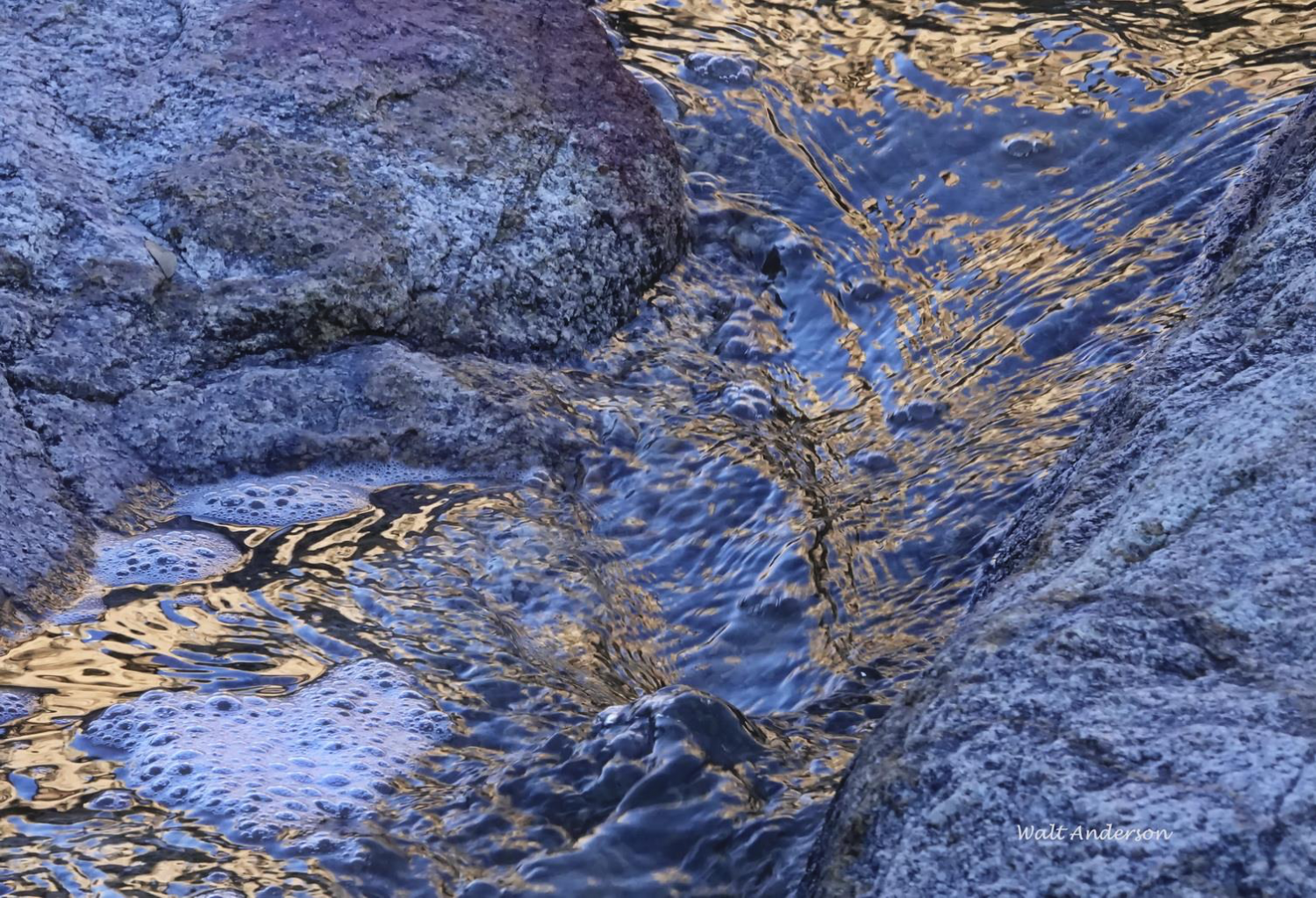
Water racing through sculpted granite is colored by sunset light on the canyon walls.
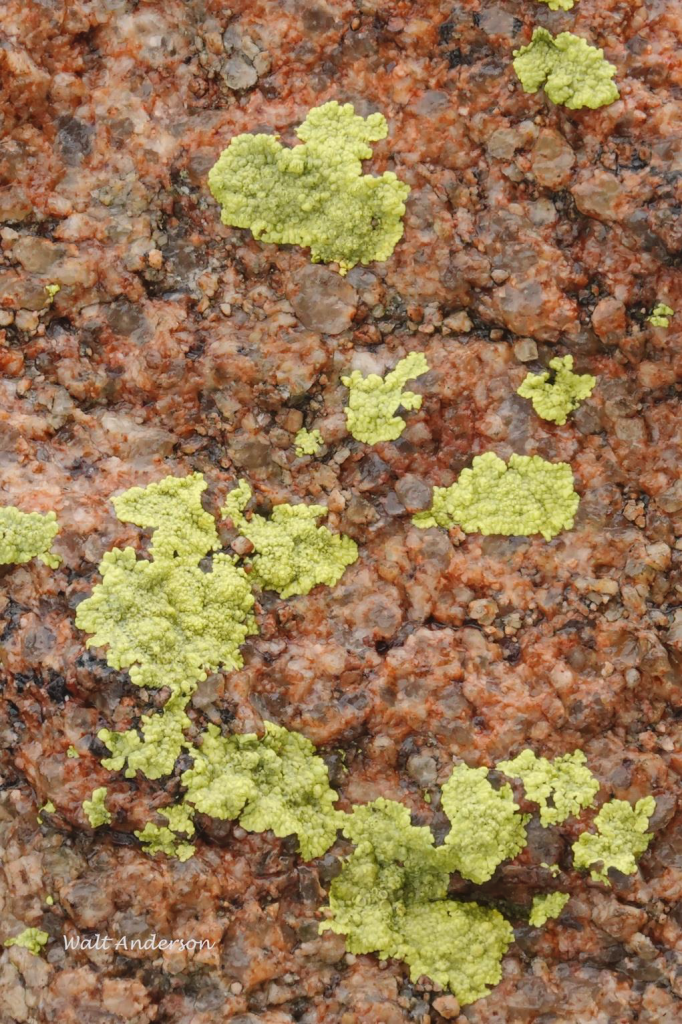
While plants won’t show the effects of the moisture until they can grow in response, lichens, those amazing compound organisms, are transformed immediately. These chartreuse lichens contrast dramatically with the pink granite. This shot was taken in Prescott, but you can find similar lichens in the Baboquivaris.

Lesser Goldfinches bathing and drinking in a temporary creek.
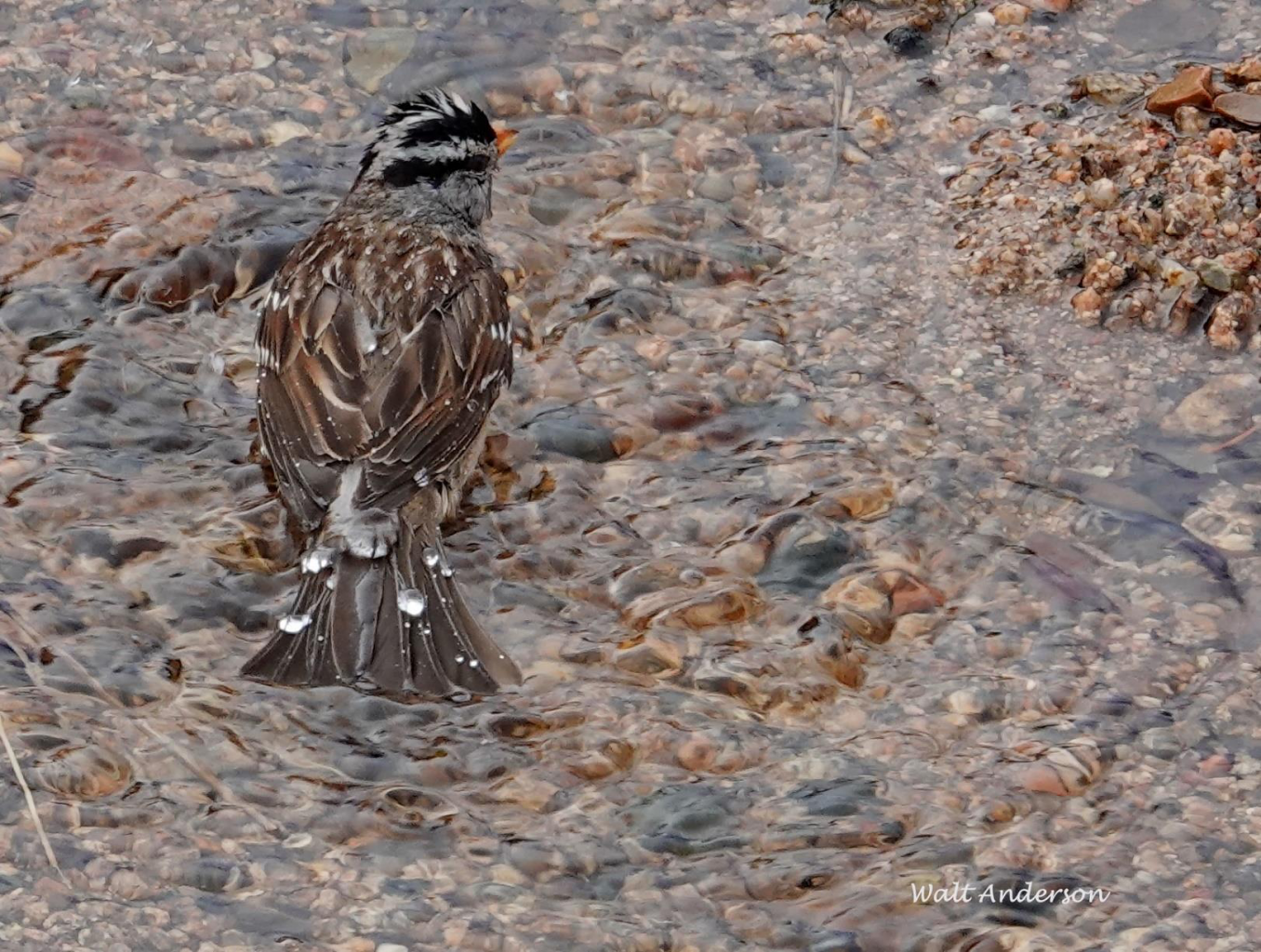
Adult White-crowned Sparrow finally gets a much-needed bath!
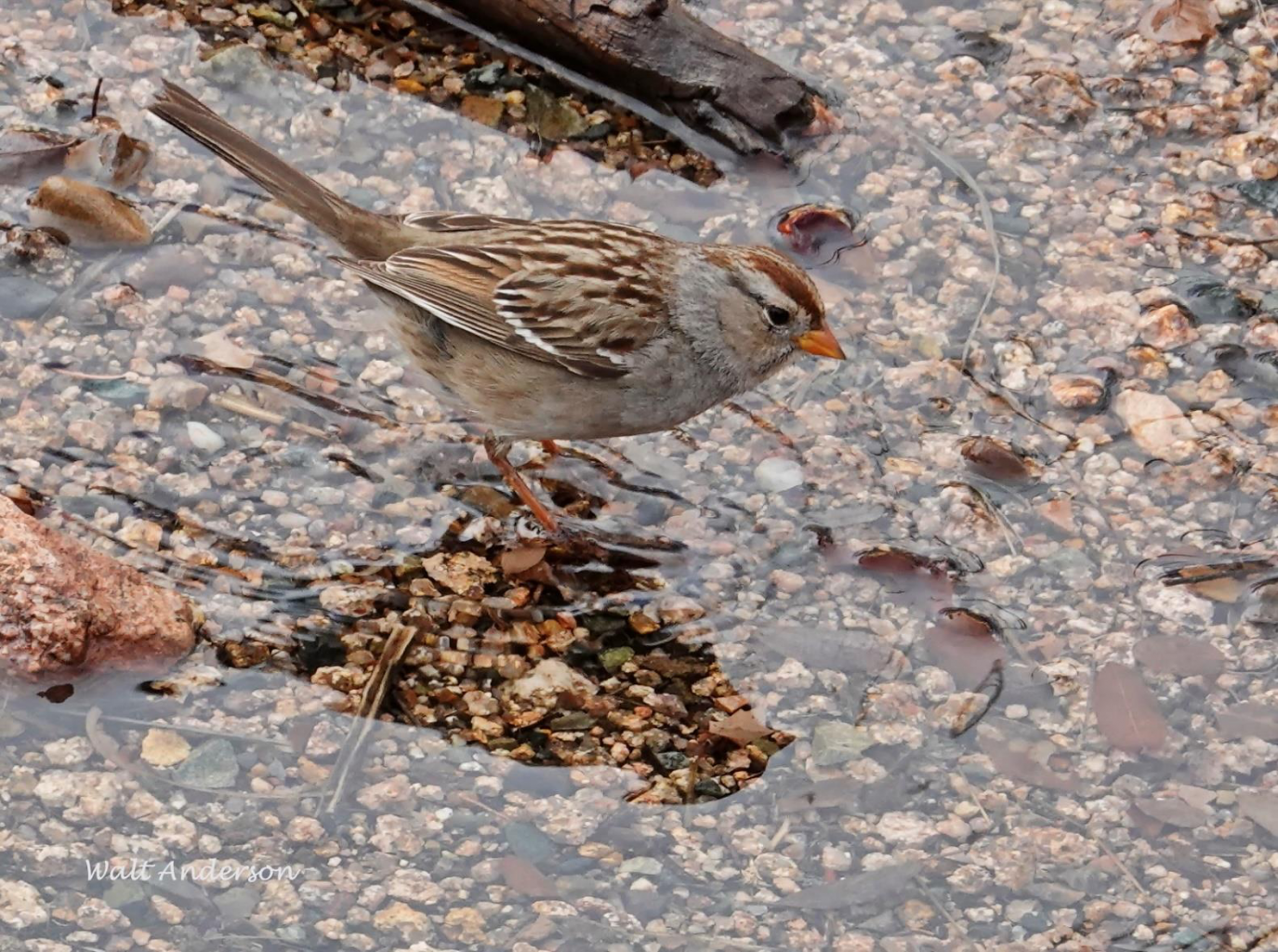
Immature White-crowned Sparrow. Notice how its reflection clears up the glare on the water. The reflection creates a crest, suggesting that this is a wannabee cardinal.
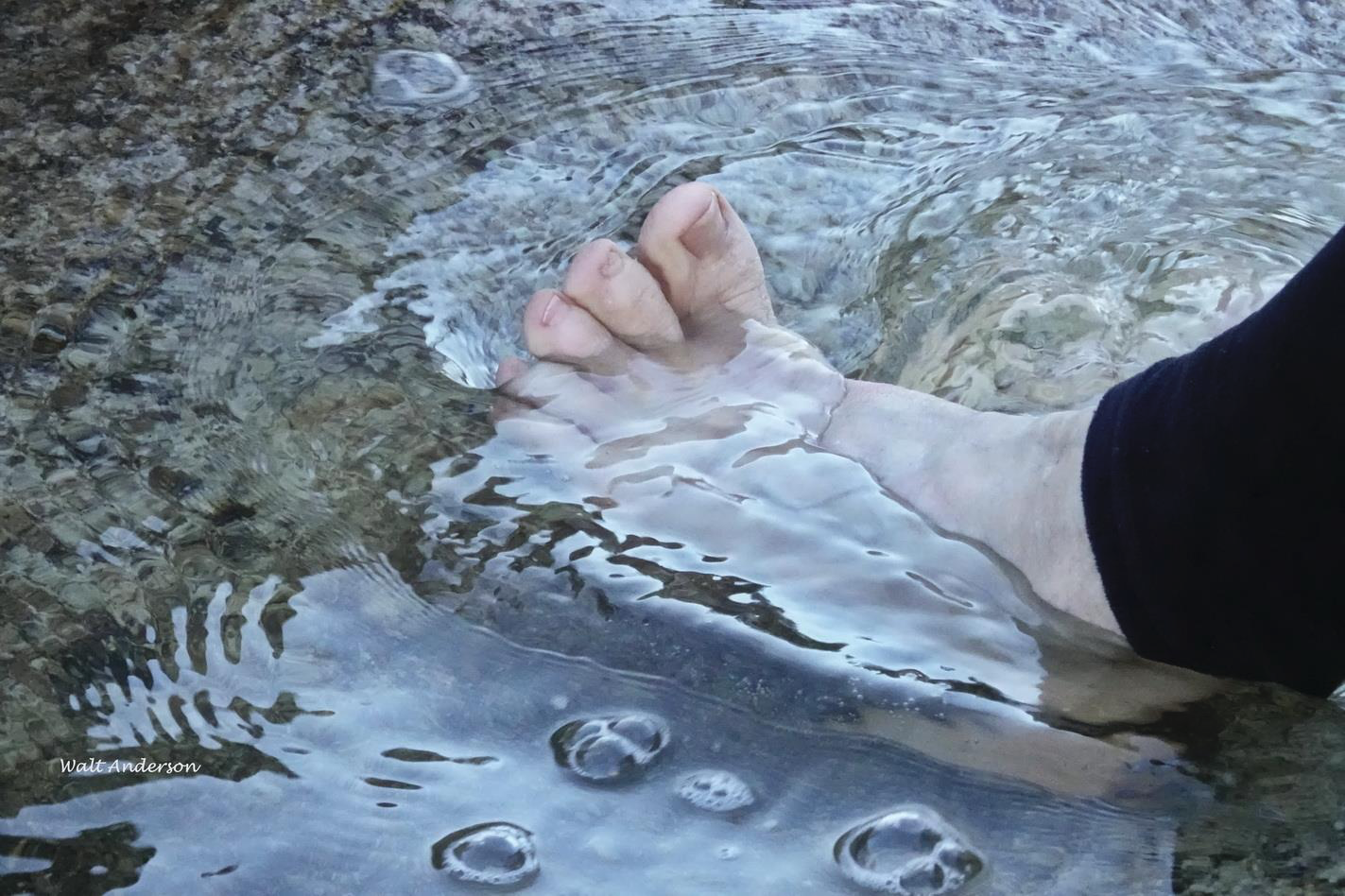
Mammals also suffered through the endless months of drought, so when water appears in the creek, it is imperative to connect, even though the meltwater is icy. Hydrologists measure water in acre-feet; hikers do so in aching-feet.
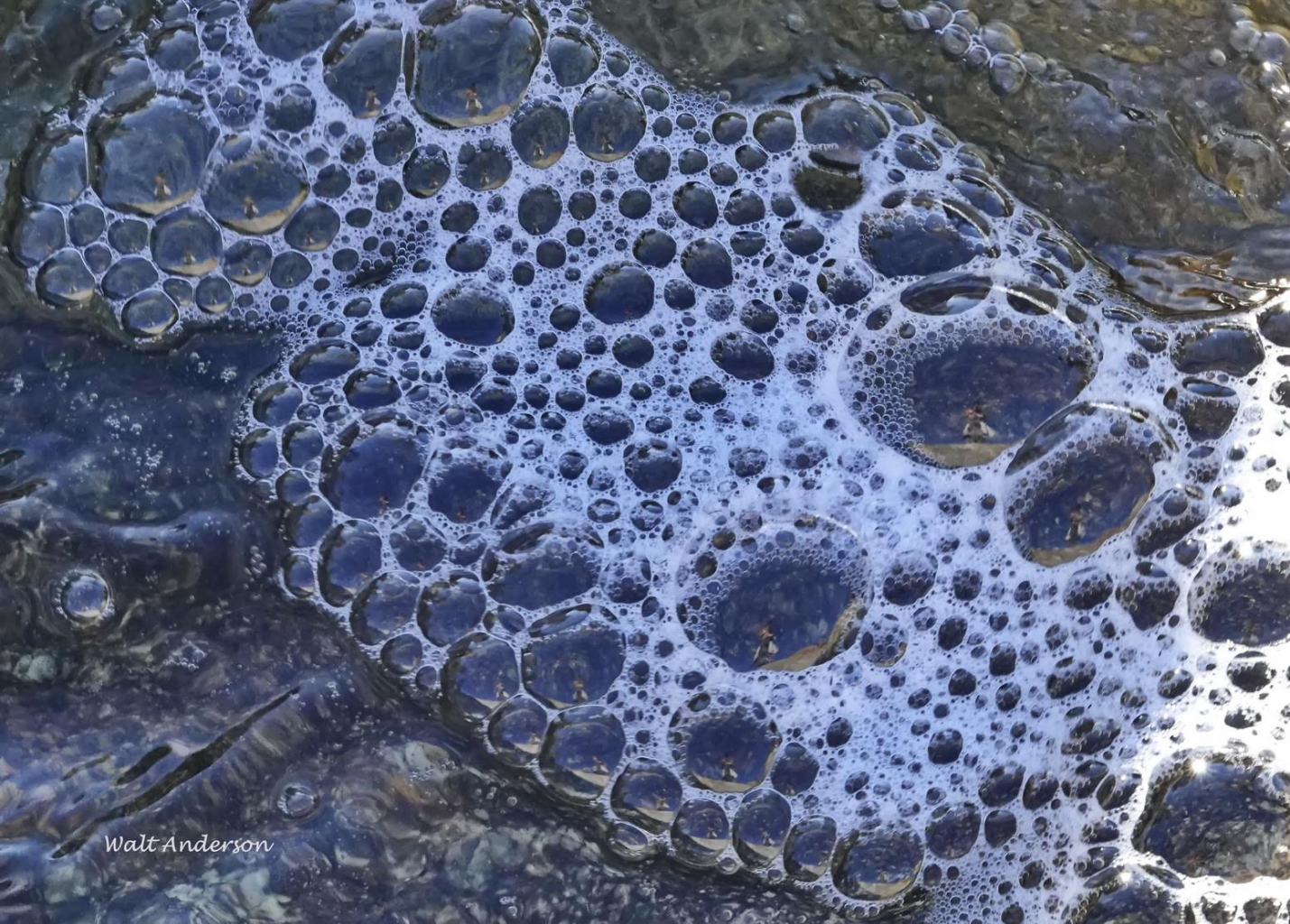
The water is too cold for me to bare my toes, so I am content to enter the water vicariously as an image in dozens of bubbles.
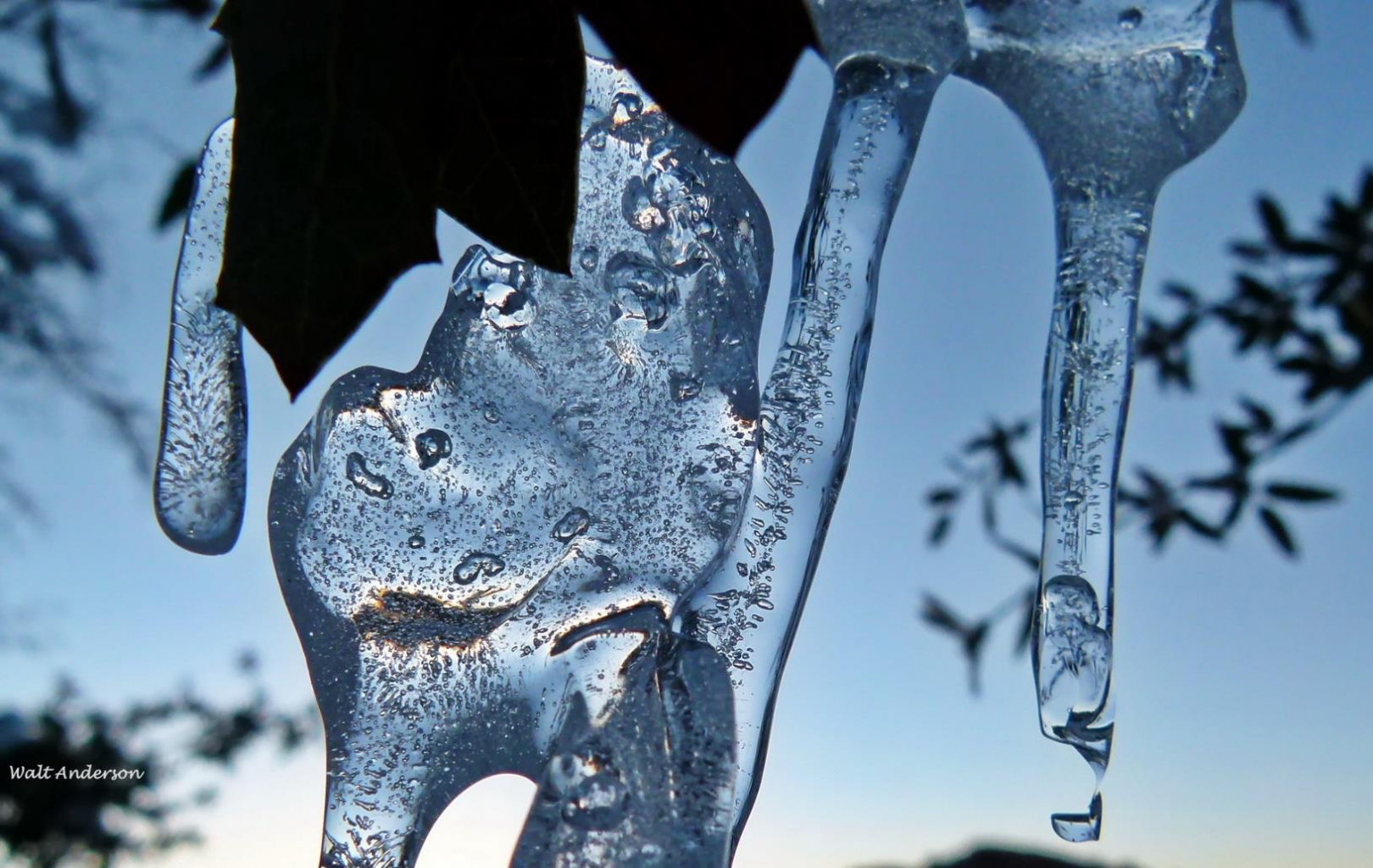
One of the traits of a naturalist is perceptual flexibility—the ability to switch seamlessly from the grand landscape to the minute details. Icicles illustrate water’s amazing transitions as solid, liquid, and gas. Water is the ultimate shape-shifter.
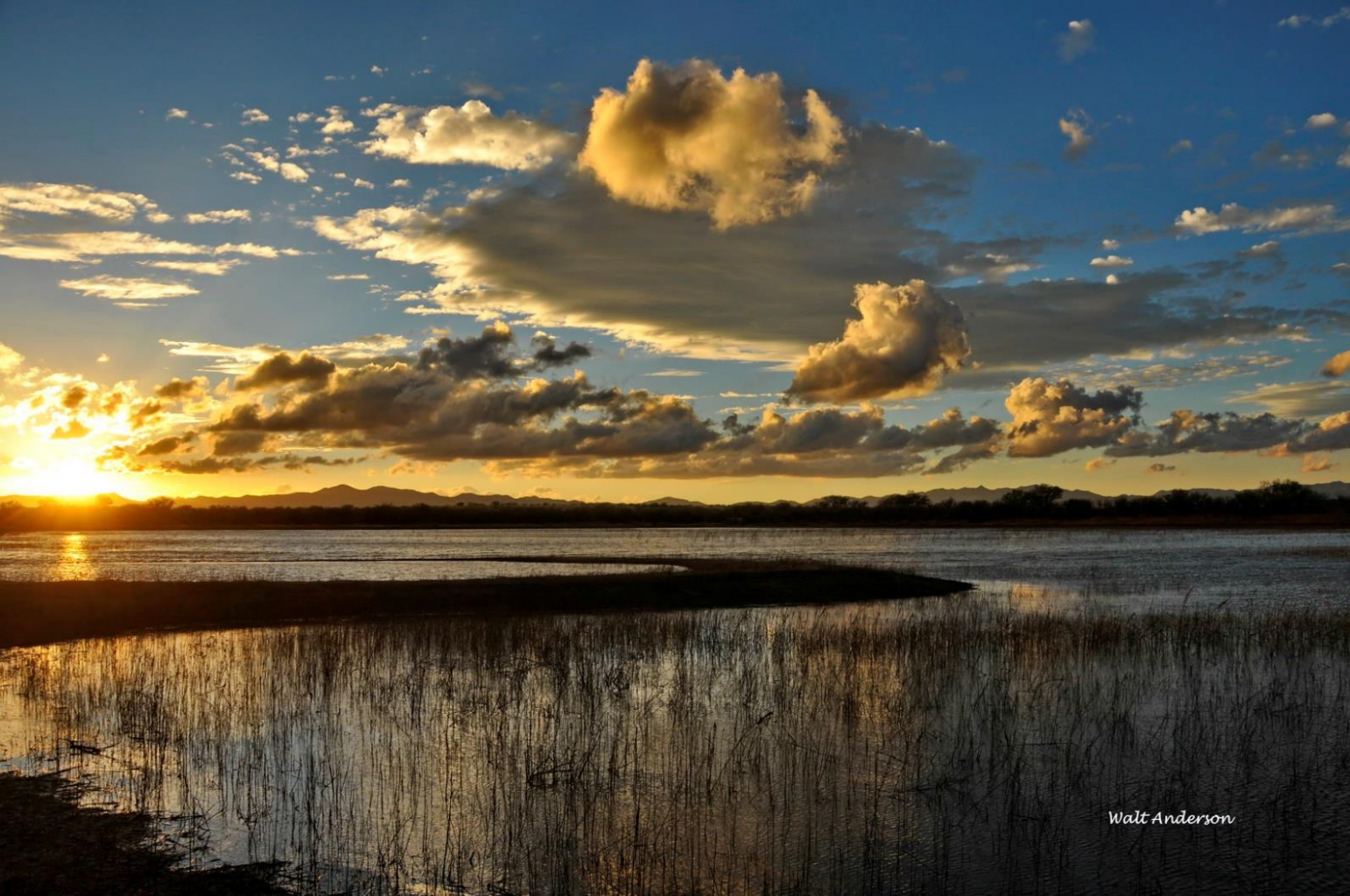
All of these changes are powered by the sun. We are so lucky to be at that sweet spot in the solar system where life has been able to exist and morph into countless forms so beautiful. Recognizing this, we need to take responsibility so that we don’t debase and ruin our special Eden.
